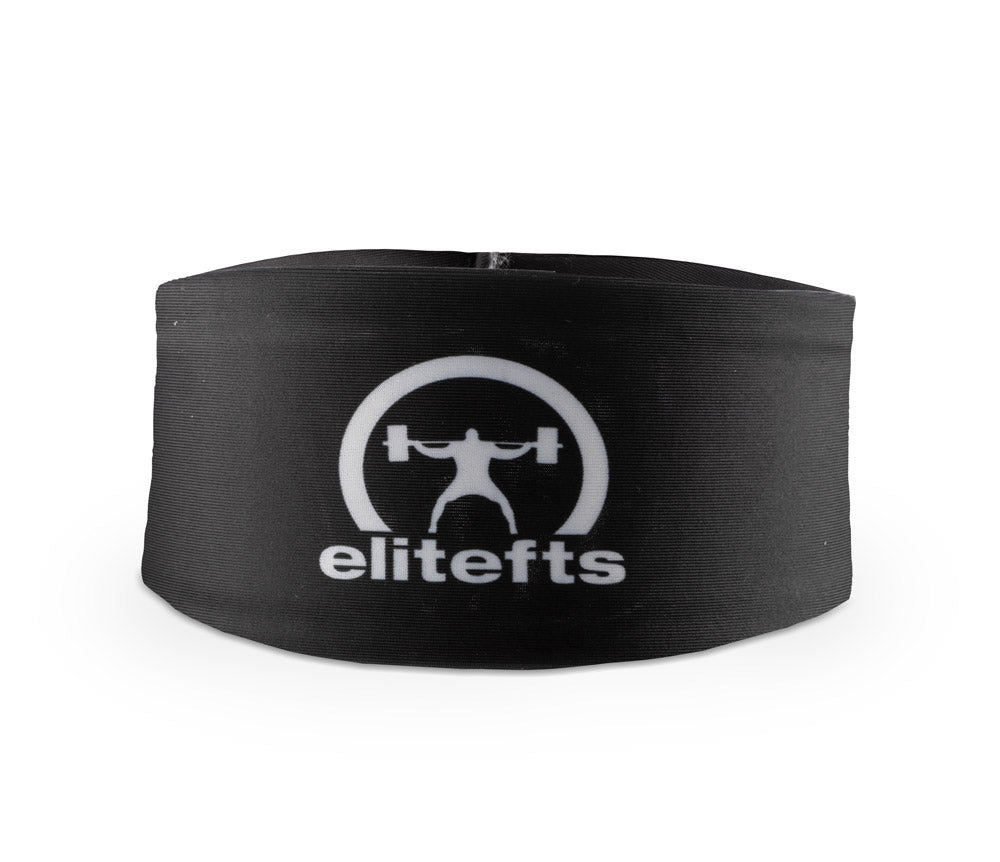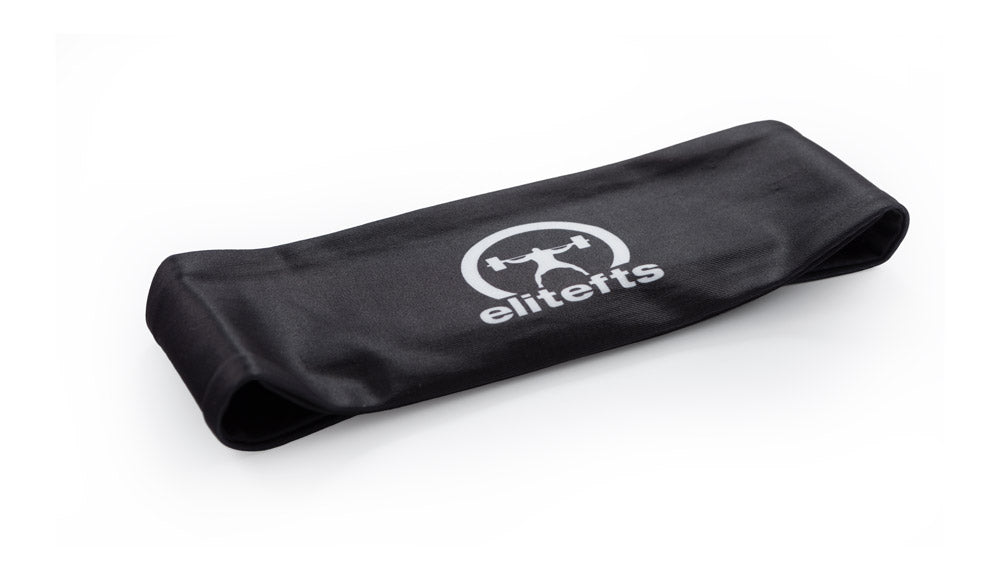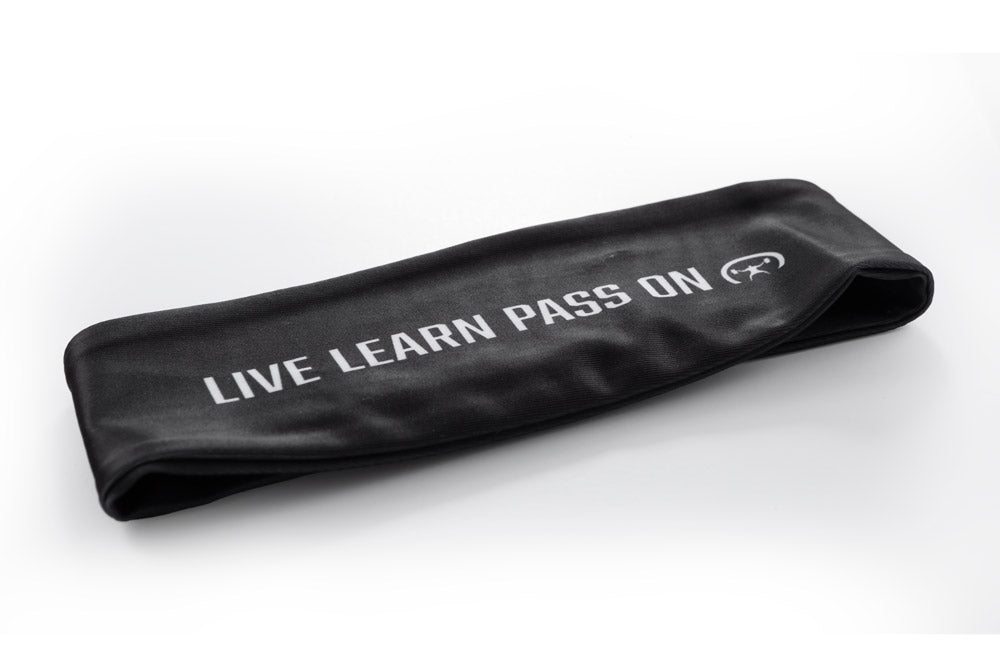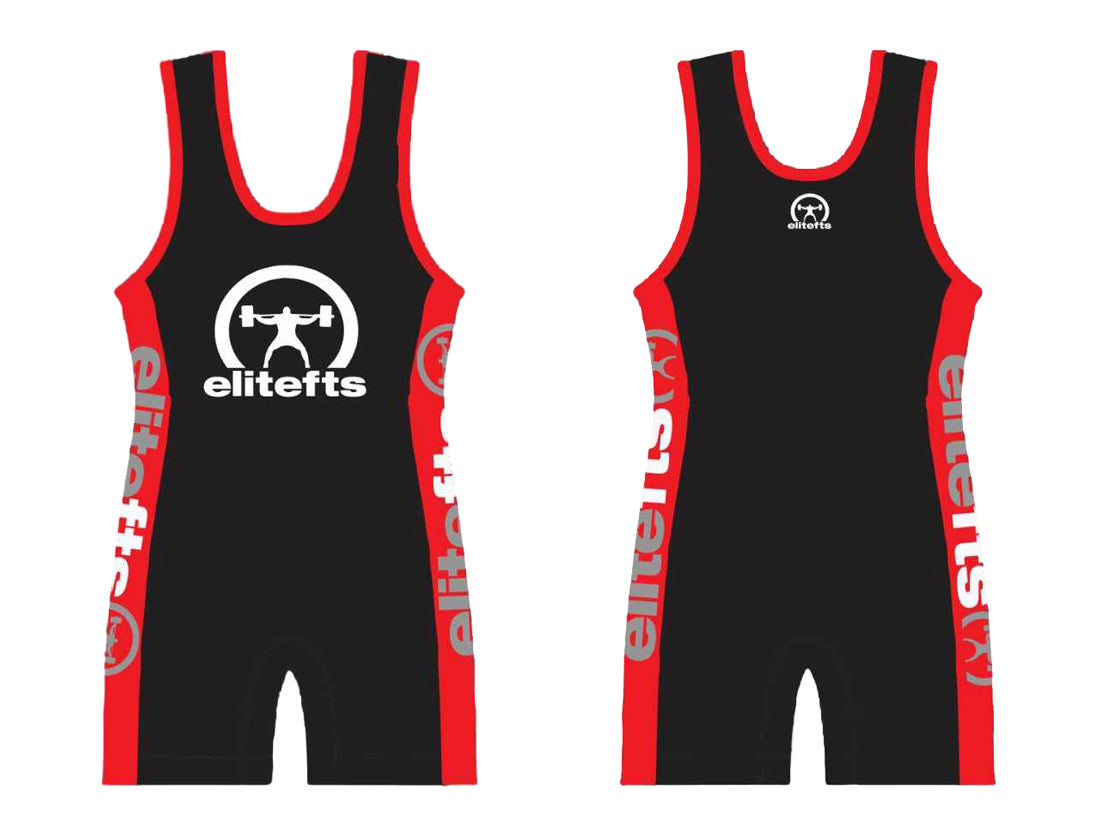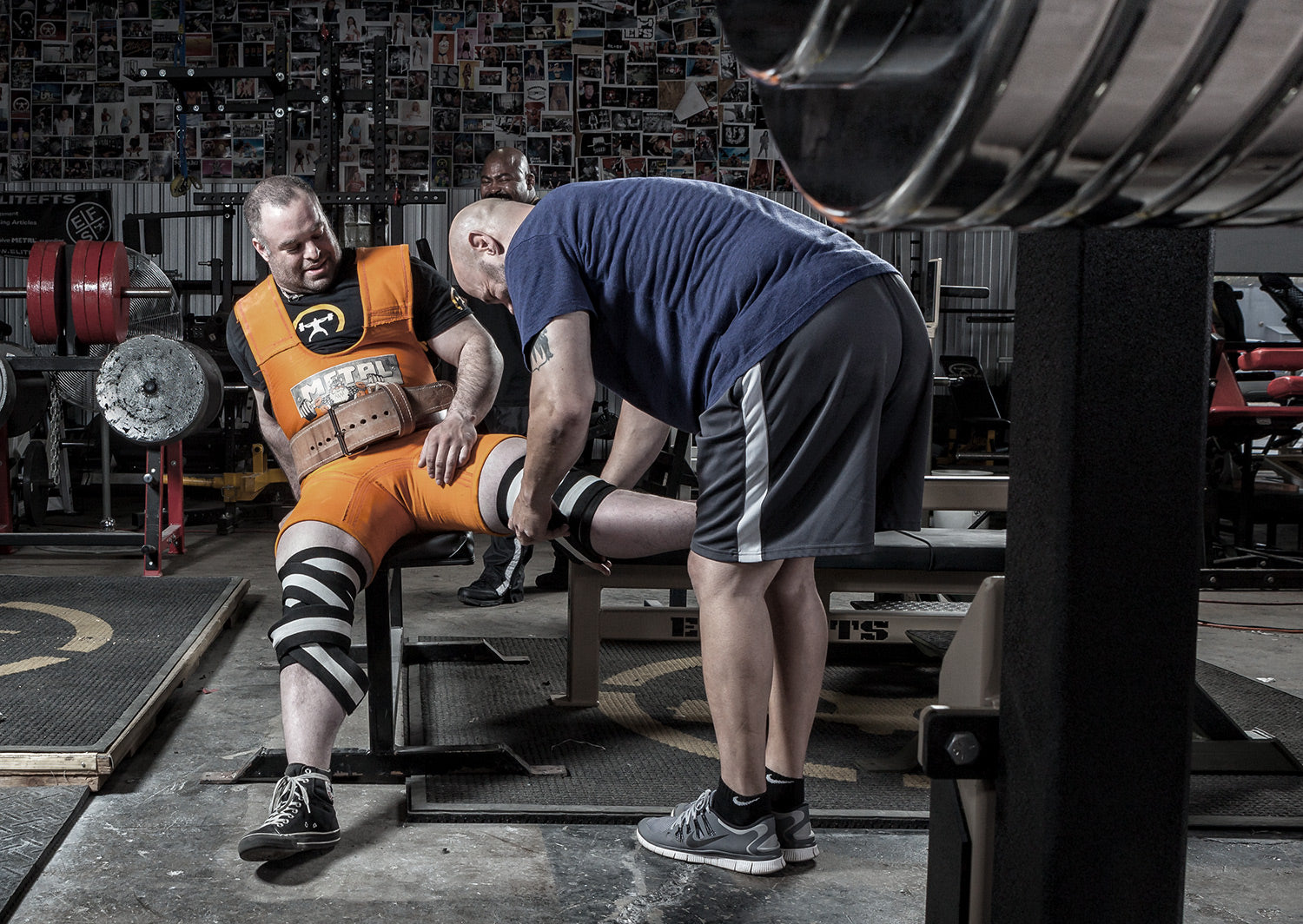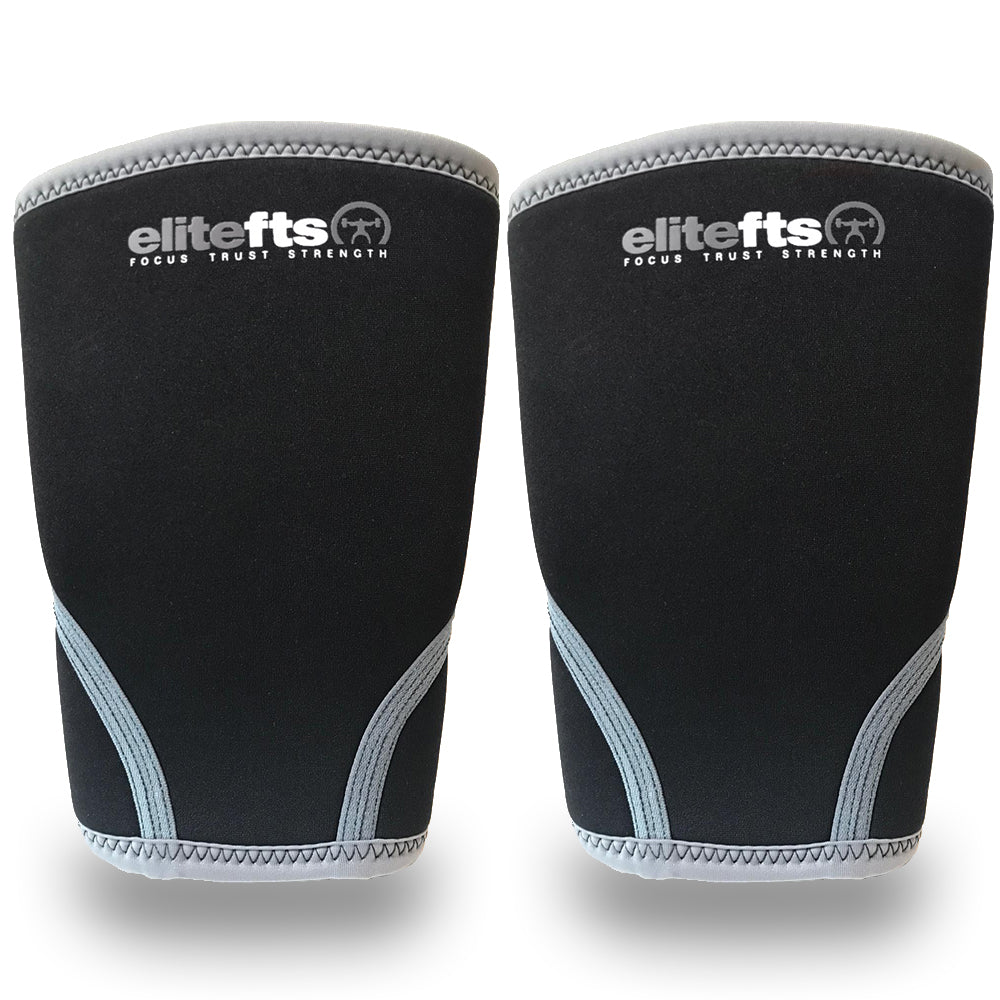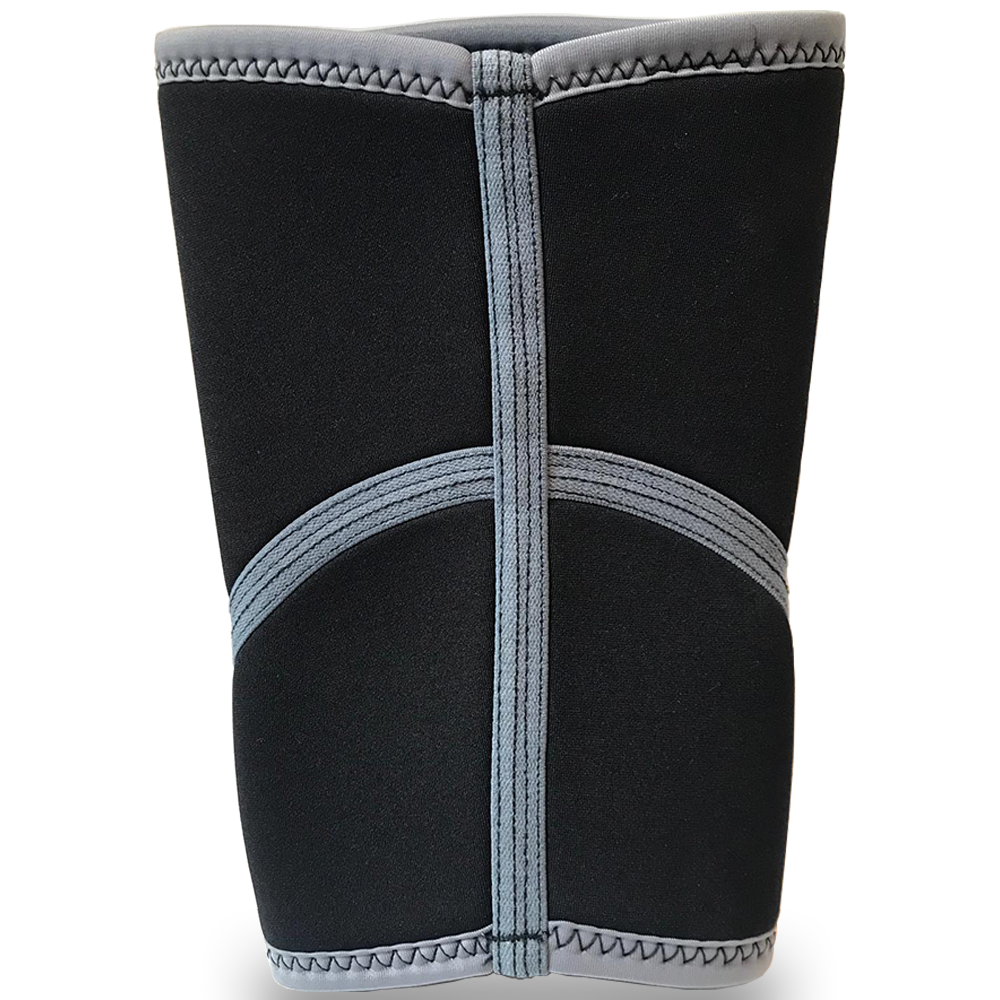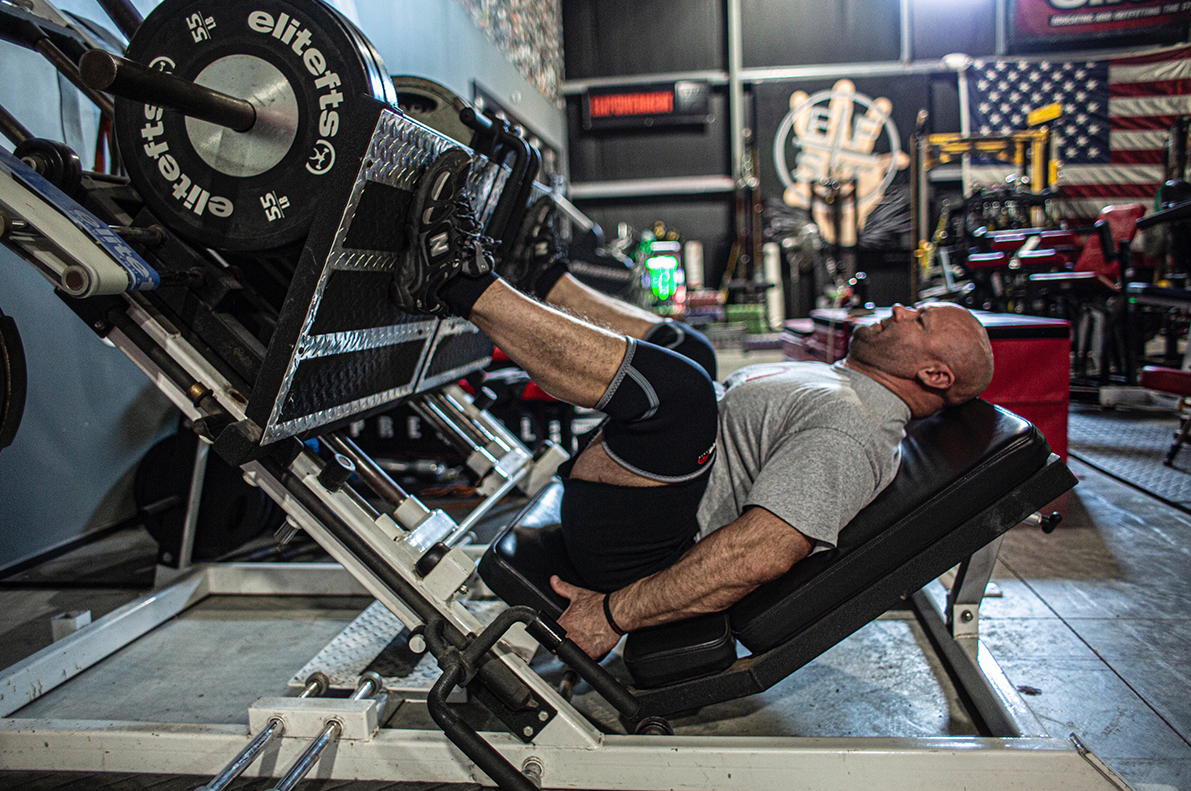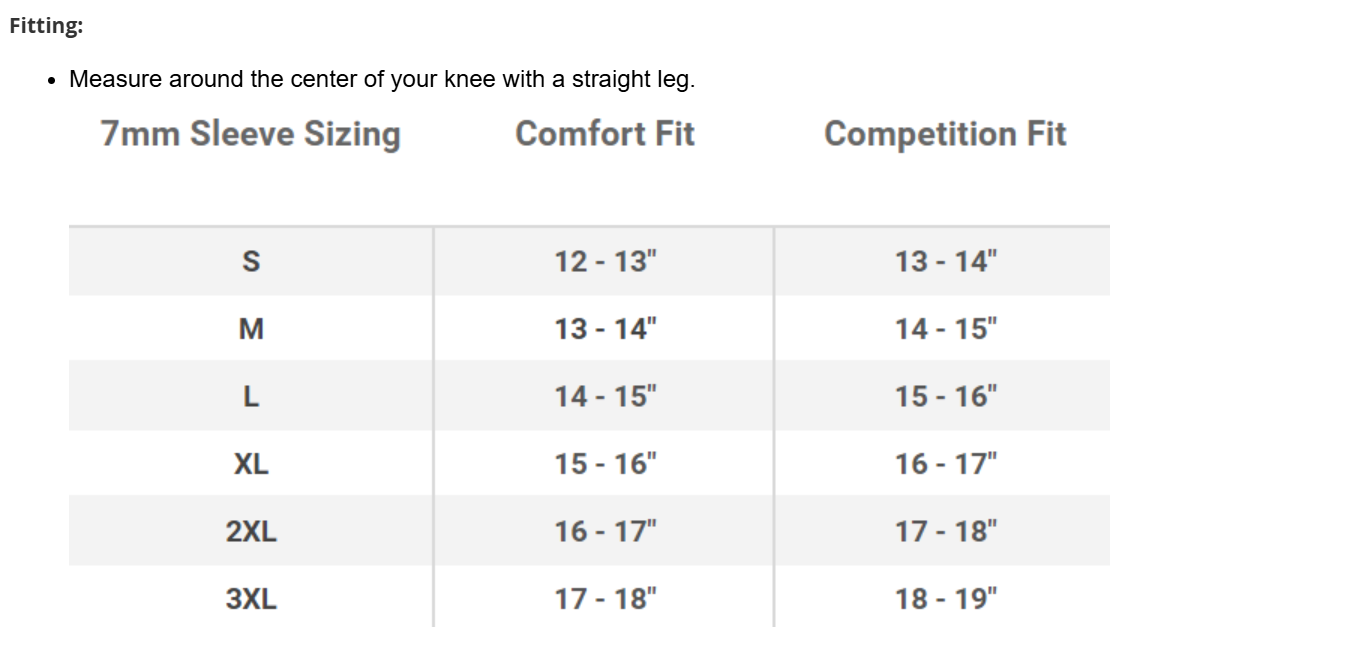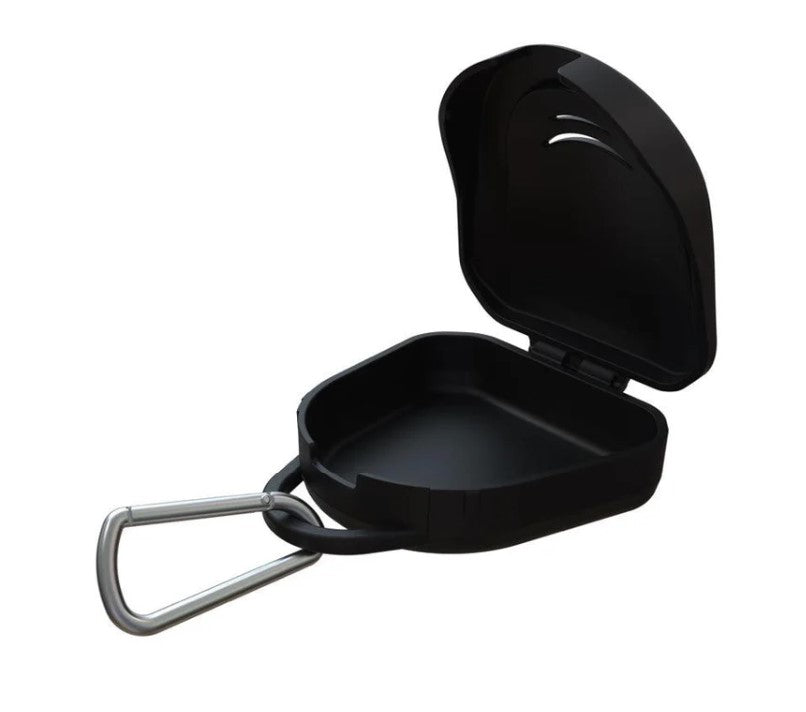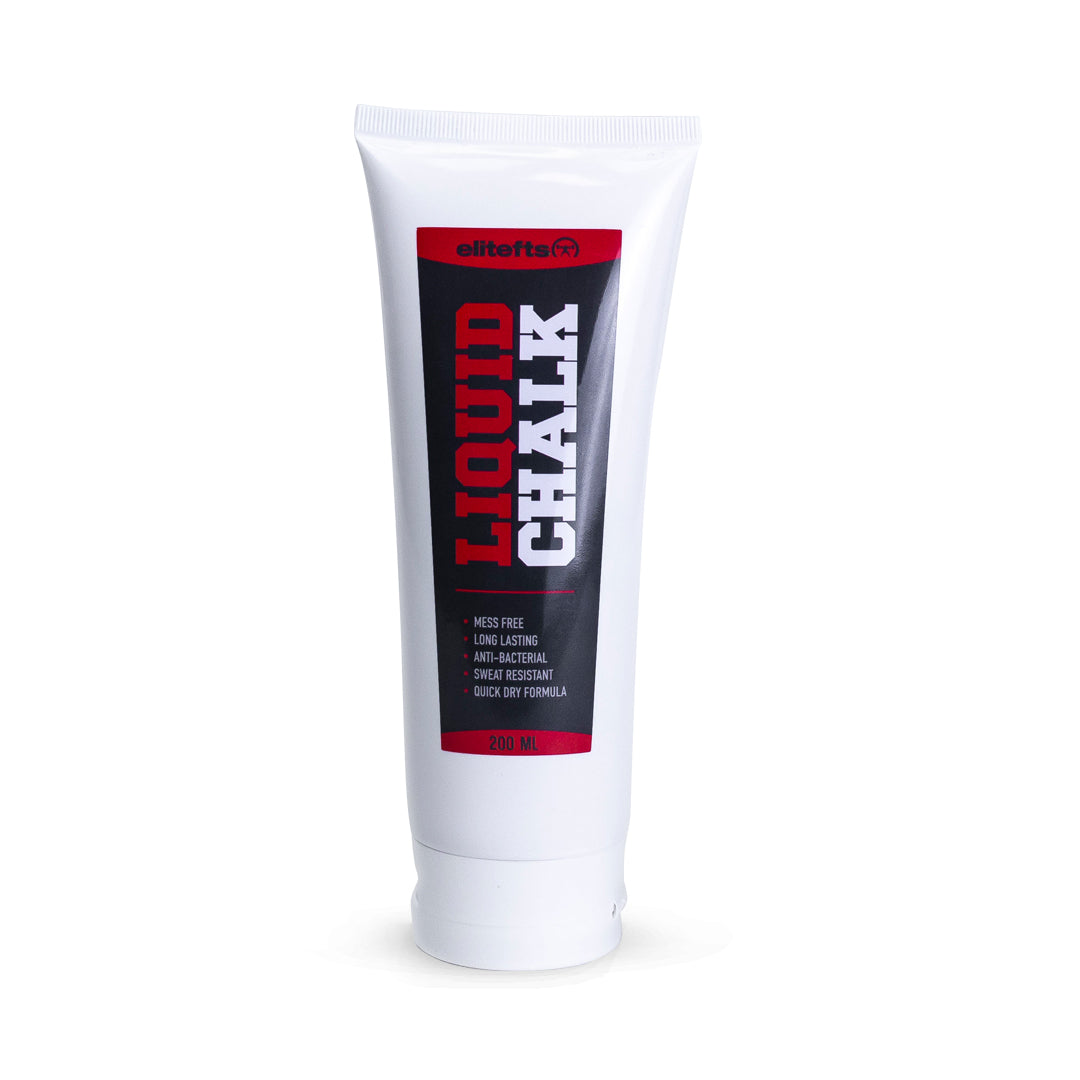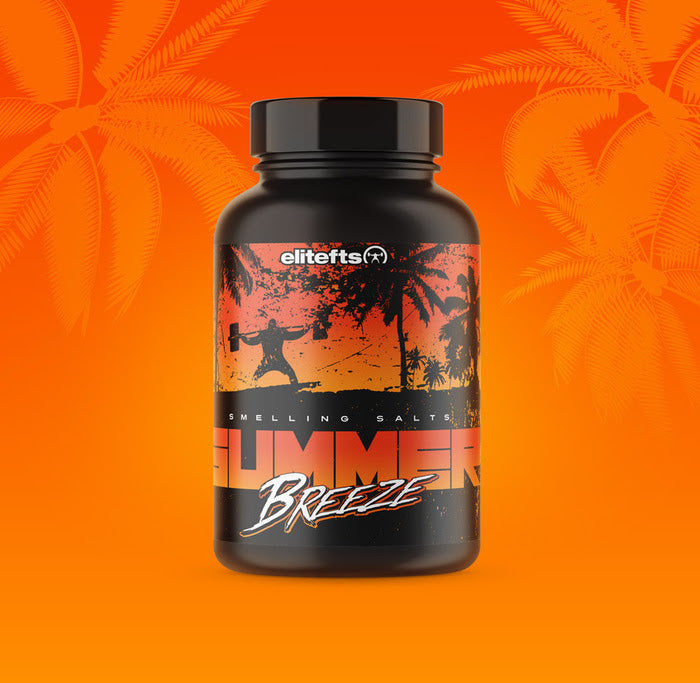Archived post from 2006 Overview of Periodization Methods for Resistance Training
By Mladen Jovanović
For
www.EliteFTS.com
Introduction
The purpose of this article is to put my current knowledge regarding periodization into some sort of systemized form. This will allow for deeper discussion and will put more knowledge into your coaching toolbox and mine. My purpose is not to attach “good” or “bad” attributes to the different forms of periodization, but rather to critically analyze them. I will discuss their pros and cons, allowing strength and conditioning coaches to make easier choices/decisions on how to implement and combine them in specific situations for specific athletes. This article will not discuss what periodization or strength is or similar topics but will rather be general in nature. Although I will try to make this article readable and fun, it was written for coaches who possess an advanced knowledge of resistance training and periodization.Before We Start
There are four goals that resistance training should cover:- Structural and strength endurance (15–20 RM)
- Hypertrophy goals (5–15 RM)
- Max strength (1–5 RM)
- Power/explosiveness or dynamic effort (50–70 percent 1RM and Olys)
Many Coaches, Many Methods
I’m going to discuss “pure” forms of periodization methods, situations that don’t happen very often in real life. Real life periodization is a combination of periodization methods. You train your athletes for skill, endurance, strength, flexibility, or (you name it). You can combine different periodization methods for different components of your system, thus using one periodization method for strength work and another for speed work. When you examine the whole, it is hard to distinguish what method of periodization is used. The system as a whole is always bigger than the sum of its components, and one component will affect another and vice versa. Everything is interconnected so plan your training accordingly!Three Groups of Periodization Methods
There are three main groups of periodization methods for resistance training:- sequential method
- concurrent method
- conjugate sequence system (or emphasis method)
Sequential Method of Periodization
The sequential method uses specific time intervals to develop only one training goal at a time. There are numerous variations of the sequential method, mostly classified according to the duration of specific time intervals and the sequencing of training goals (methods, means, and loads). What follows are descriptions of common variations of the sequential method. Note that I didn’t say all variations, but only those used the most. This should give you an understanding of the sequential method.
Long linear method. One of the most popular methods in resistance training is the long linear method. Note that most popular is NOT synonymous with the best. There is no perfect method, only optimal ones for reaching predefined goals for a particular athlete at a particular stage of his or her career. The long linear method uses longer time intervals (3-4 weeks or microcycles) to develop only one training goal. It proceeds from high volume-low intensity to low volume-high intensity training, hence the term linear . Basically, the long linear method uses one block (3-4 weeks) to develop strength endurance, one block for hypertrophy, one block for max strength, and one block for power. If we depict the average intensity (weight used) and the volume (tonnage lifted), we will get the following picture: Note that we can develop “smooth” or “sharp step-like” switching between blocks using greater or smaller increases in weight. But what happens when the athlete finishes the proposed plan for four months? Does he start from the beginning again? By default, YES! Advantages: The long linear method is great for beginners or those who are lifting for the first time. It allows for easy loads and time for technique learning and develops the ligaments and joints using lower intensity and greater volume. Its progression allows for slow and stable adaptation and result progression. Shortcomings: The main shortcoming of the long linear method is that when developing one block, the others will decrease. For example, when developing structure or hypertrophy, max strength and power will decrease and vice versa. This is not so important for beginners, but as soon as minimal GPP and SPP levels are developed, its “round and round” sequencing will lead only to stagnation. I know this from my own experience. Also, if no variety and progressions are used, the athlete will soon be bored using the same methods, loads, and exercises. Note that there are some powerlifters who developed great strength using this method, so don’t say NO instantly. Variety and progression: As Poliquin stated, an athlete adapts to a particular exercise in as short as six workouts. Cosgrove stated that athletes adapt faster to rep brackets than to exercises. So, when using this method, exercises should be changed once in a while. The exception to this is when the athlete is in season and maintaining a current strength level. In this situation, it is better not to experiment because this may cause DOMS and affect the athlete’s performance on the field. It is better to keep the program how it is, but you can refresh your athletes after two months to extend sport form state if needed. Exercises can be changed every month (when switching to another goals block). Athletes can progress from week to week by trying to lift more for defined rep bracket, increasing the number of sets, decreasing the rest between sets, or playing with tempo and buffer. The last week in each block can be unloading week. Unloading can be done by reducing the number of sets, the weight lifted, or both. This should prevent boredom and overtraining. Variations to presented method: Use your imagination. From the power block, you can go backward instead of jumping to the structural block. Just remember that the block should follow a “linear approach,” either ascending or descending. If you screw this up, then you don’t have a long linear method, but rather a long undulating method. Another variation is the reversed long linear method, meaning that you start with low-volume, high-intensity training and progress to high-volume, low-intensity training. Short linear method. The only difference between the short and long linear methods is the duration of specific time intervals. While the long linear method uses longer time intervals (3–4 weeks or even more), the short linear method uses shorter time intervals (1–2 weeks) to develop a particular ability. Note that there is the same sequence as there is in the long linear method but it is done in less time. Similar to the long linear method, the short linear method progresses from high-volume, low-intensity to low-volume, high-intensity training (in a linear fashion) but in a shorter period of time. Again, there can be “smoothed” and “step like” variations of the short linear method. Advantages: The short linear method has more advantages than its bigger brother, the long linear method, and it is more appropriate for mediocre (non-beginner) lifters. Shorter cycles should prevent de-training abilities that are not currently developed, and it should prevent boredom and over-training (because stimulus is short; one week). Also, waves of loading are a natural progression of this method so you don’t need to bother planning them. Shortcomings: It is not appropriate for beginners because it builds intensity too quickly. On the other hand, one week of concentrated development of a particular ability may not be optimal progress for advanced lifters (stimuli is too short in duration). Advanced lifter may need more prolonged concentrated development of a particular ability. As also true for the longer version, the short linear method may fatigue an athlete with its linear progression to high-intensity training. So when the athlete reaches the final block (max strength or power), he is too tired from previous blocks and cannot give it his best. This is highly dependent on the “build up” time (how many blocks precede the high intensity ones). This can be solved by using undulating periodization (which is described later in the text). Variety and progression: The simplest variety method (which also prevents staleness) is to change exercises every cycle. There is no need for planning “waves” or unloading in this method because its short cycles will do it by themselves. Just change the exercises or use some variations of them (i.e. new positions, grip) to refresh your CNS and stimulate your muscles from various positions. This should prevent form boredom and stimulate your progression. You can play with the number of sets, tempo, and rest periods in every following cycle. Variations to presented method: Again, use your imagination. You can try the reverse method, and you can try to go “upward” for a month and then “backward” (reversed) during another. A similar method is presented by Chris Thibaudeau in his Pendulum Method. Just don’t forget that the progression should be in a linear fashion. Otherwise you are implementing the undulating method. Long undulating method. Undulating, as contrary to linear methods, uses more of a “waving” approach in progression. In undulating periodizations, there is no linear increase (or decrease) from high-volume, low-intensity to low-volume, high intensity training. Rather, there are “waves”. The long undulating method uses longer specific time intervals (3–4 microcycles/weeks) to develop a particular ability. The only difference between this method and the linear method is that it “breaks” the linear approach and uses the “waving” approach. Advantages:I don’t see any advantages in the long undulating method compared to the long linear method. It is actually worse. At first sight, the advantage could be the “non-linear” fashion of progression, which allows for greater rest when it comes to max strength and power development. But this is not the case because specific time intervals are too long, and there is unloading at the end of each cycle. Shortcomings: This is the WORST method of all those described! Why? Because it has all the shortcomings of the long linear method plus some new ones. Basically, when you develop one particular ability, the others will fall. As a bonus, a beginner lifter will jump too fast to more intense training unprepared so this may cause injuries. I don’t see any particular situation where this method can be used unless you want to cause problems for a beginner or spin some mediocre level lifter round and round without progression. Variety and progression: I don’t want to spend my time and energy writing possible solutions for this “crappy” method. If you are interested, then use same methods outlined in the long linear method. Variations to presented method: Use all possible sequencing that you can figure out! But keep in mind that they should not be done in a “linear” fashion because it will become the long linear method. Short undulating method. This is the same sequencing as with the long undulating method but in a shorter period of time. The short undulating method is similar to the short linear method. However, instead of linear progression, undulating uses “non-linear” or waving progression. Advantages: The short undulating method has all of the advantages of the short linear method. Its shorter, specific time intervals prevent detraining and boredom as well as overtraining. Plus, the short undulating method may be better than the short linear method because of its “non-linear” progression, thus allowing for the greater refreshment of an athlete when he reaches max strength and power week. Non-linear progression may be also more enjoyable to some athletes. The short linear method linearly increases intensity, which can fatigue athletes. But the short undulating method uses weeks of “accumulation” followed by weeks of “intensification.” This provides greater frequency of unloading, which is great. It is also great for mediocre lifters (non-beginners). This is my favorite sequence method. Shortcomings: This is the same as the short linear method. It is not for beginners and is not for elite lifters. Its periods of concentrated development may be too short to induce progression in high level lifters. This also depends on the number of different weeks in one cycle. Variety and progression: This is the same as in the short linear method. Use new exercises every cycle, or play with the number of sets, tempo, and rest intervals. Variations to presented method: Use all possible sequencing that you can figure out! Keep in mind that they should not be in a “linear” fashion because it will become the short linear method. Also, if you shorten the specific time intervals too much so that all the components are done in one microcycle (daily undulating periodization), we are no longer talking about the sequence method but rather the concurrent method. Hybrids between long and short variations. As I stated in the beginning of this article, in real life there are often no “pure” methods of periodization. You can combine the long and short variations. For example, use one month to develop structure and then switch to the short linear method (or undulating) to develop hypertrophy, max strength, and power. Then repeat . Note that with this approach you can reach some set goals for particular athletes. Don’t forget that although you can use all the advantages from combined methods, you can also use their shortcomings. Combine all the methods to reach set goals, but don’t forget that the whole is always bigger then the sum of its components. This is true for advantages and also shortcomings. Hybrids between linear and undulating variations. Similar to the above example, you can combine the linear and undulating approaches.

What is said for the above hybrids is also true for this one. The possibilities are unlimited if you are creative. But don’t be creative for creativity sake. Be creative to reach predefined goals in a particular situation with particular criteria. You can play with the period durations for a particular ability, the sequencing, and combinations of both. The important thing that should be remembered is that the stagnation or improvement in sequence methods is determined by the duration of a particular block, its cycle (mainly determined by the number of other cycles and their durations), and the interdependence between abilities. If the number of abilities that should be developed is way too large, then even the shorter variant will not be enough to allow progression. If the number of abilities is 2–3, then longer variants may also be good. This is because the time between developing a particular ability is too small to induce stagnation or de-adaptation.











